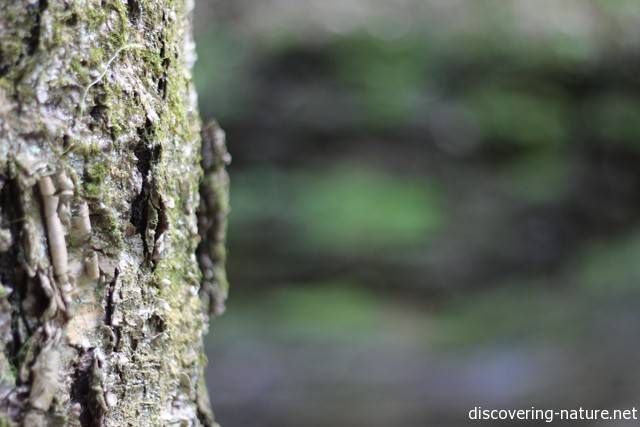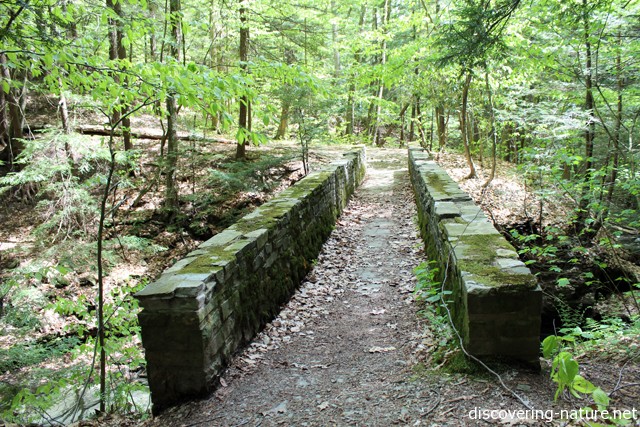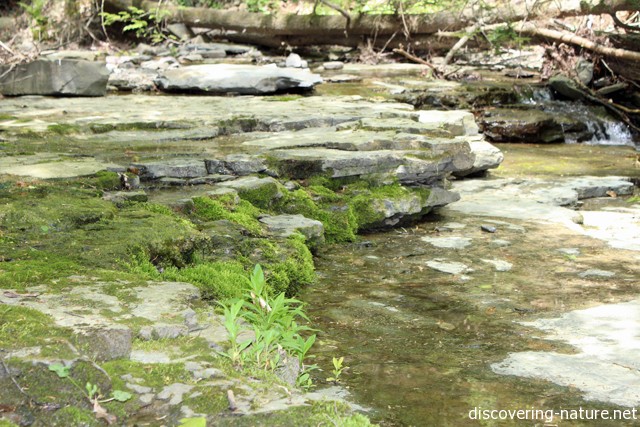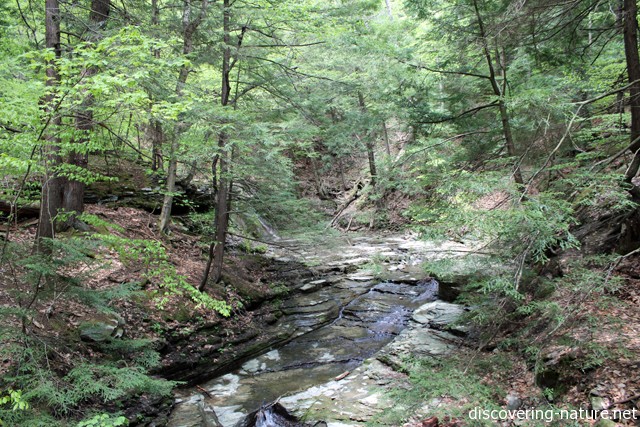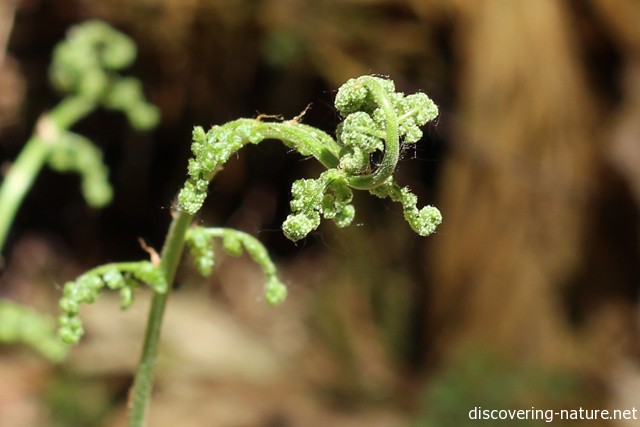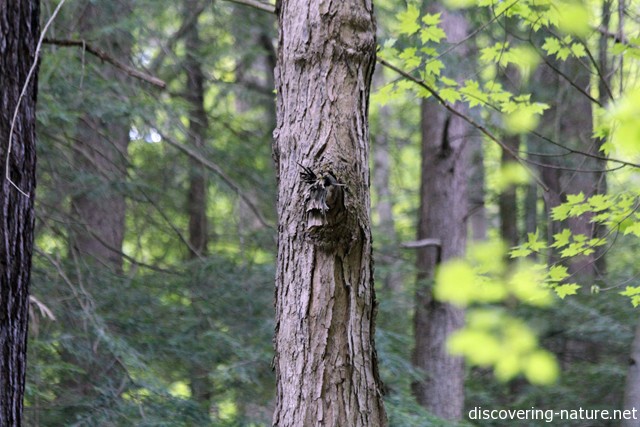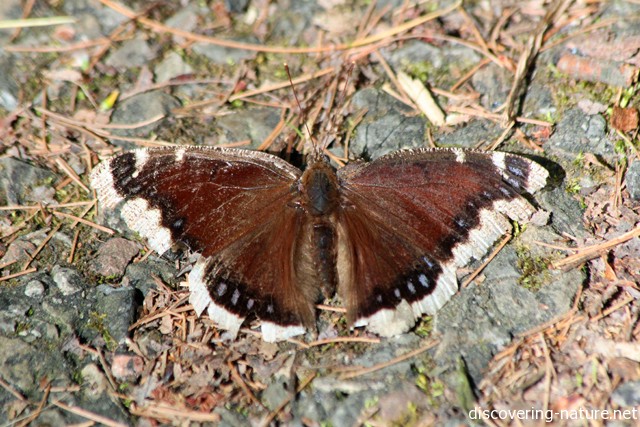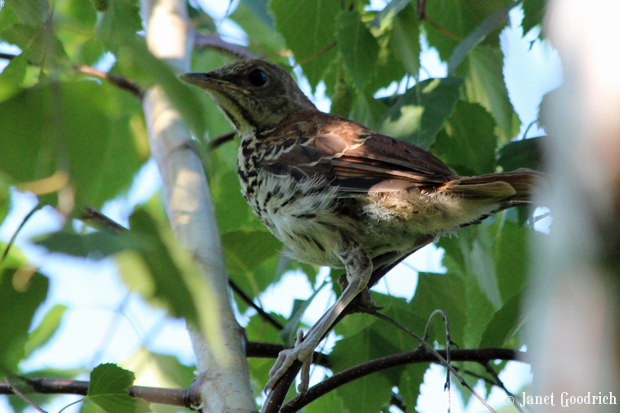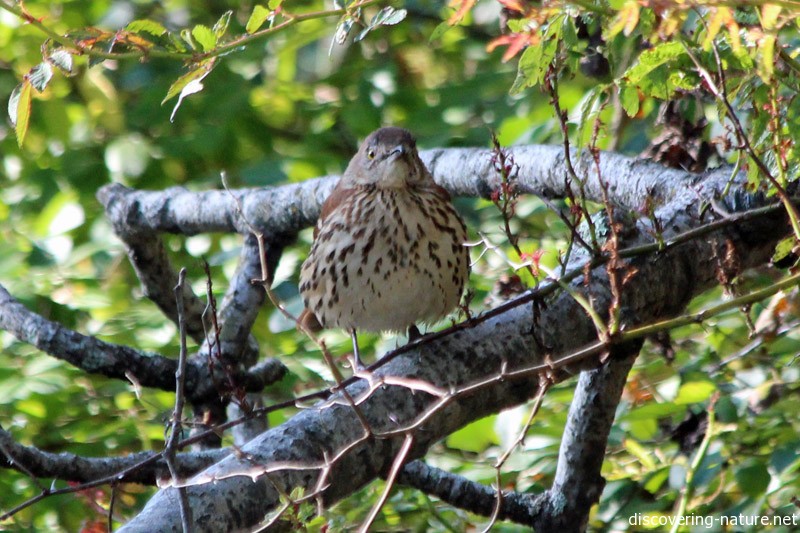Lovely, dark and deep
I took the girls to a preserve yesterday that we haven’t been to in over a year. It contains a gorge and an old growth forest I think of as the Ent Woods. Some of the trees are enormous, and generally speaking it has a dim, brooding air about it.
An old stone bridge spans a stream that runs steeply downhill over a shale bed.
The girls (and the dog) played in the stream while I sat along the edge, watching some chipmunks playing on the steep, mossy far bank, listening to what might have been a grouse ticking somewhere, hearing a warbler I never saw, and admiring the wildflowers growing nearby.
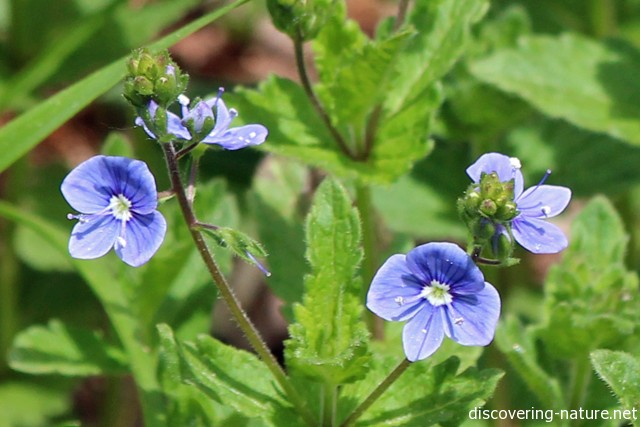
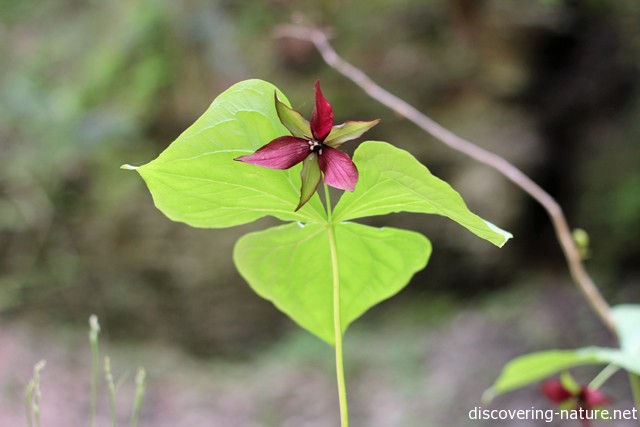
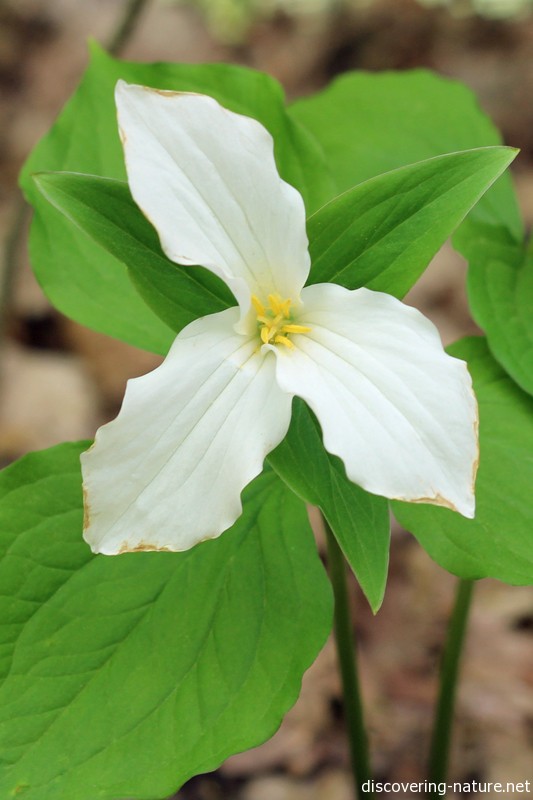


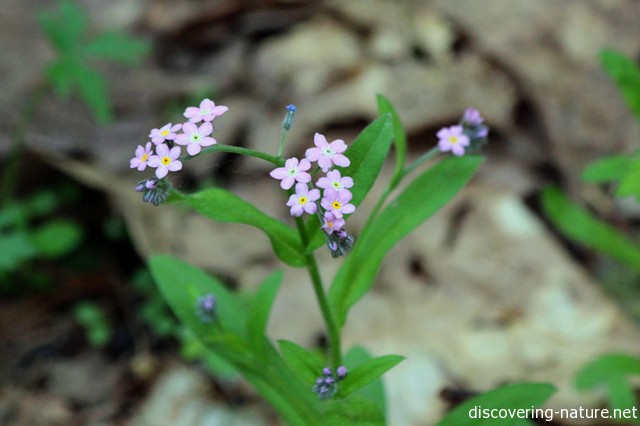
As the girls played, I noticed they were being overseen by a tree that looked like it had a face. Maybe it’s an ent…
As I listened to the girls, it occurred to me to wonder whether they would be better off doing something more organized with other children. Are all these hours outside really what they need? It struck me that at some level I’m trying to give them something I had as a child: time to play in the woods. There were woods behind my house growing up, and a creek too. My memories of childhood involve more of the woods than of experiences with other kids. I caught toads, played with my plastic horses out there, and often found clumps of trees or streamside nooks that seemed like natural playhouses. Once, I remember coming home to a spanking; I’d been sitting by the creek not far from the house, daydreaming, while apparently my mother had been calling and calling for me. She was worried; I’d never heard a thing over the happy sounds of the flowing water.
I didn’t know as much about nature as my daughters do. They know the names and sounds of many birds — over 100 already. They know the names of more trees than I did, and what kinds of creatures thrive on the old decaying logs lying along the stream. And unlike me, who in the more innocent era of my childhood spent many hours alone in the woods, they are always attended by a parent — granted, one who tries to become invisible while keeping them in view, but one who’s there just the same, my mace and cell phone safely stored in my camera case, ready to take on any potential sinister creatures who come our way. (None ever have.)
I think that there are great advantages to these experiences. The natural knowledge they’re accumulating. The ability to be alive and interested and imaginative without props. The wealth of shared memories. The love for wild places that will mature into what Aldo Leopold called a land ethic. And then there is what I can only think of as the strengthening, quieting effect of spending time in a natural setting. Generally speaking, it’s never a bad thing to have opportunity not just to live, but to reflect on one’s living. That may be where the sense of self is most formed.
Yet spending time this way is a choice against other ways of spending it, many of them involving more structure and social interaction. Every now and then I stop to wonder whether we’re getting the balance right. I hope so. I don’t want something that’s so good in so many ways to end up isolating.
On our way out, we heard occasional bursts of birdsong. These woods are so dense, and cover so many acres, that the birds aren’t concentrated in flocks that can be easily seen. We didn’t see a blackburnian warbler, as I’d hoped we would. But we saw a black-throated green warbler, a chestnut-sided, a catbird, a few towhees, a Baltimore oriole, several robins, and, finally, a new bird:
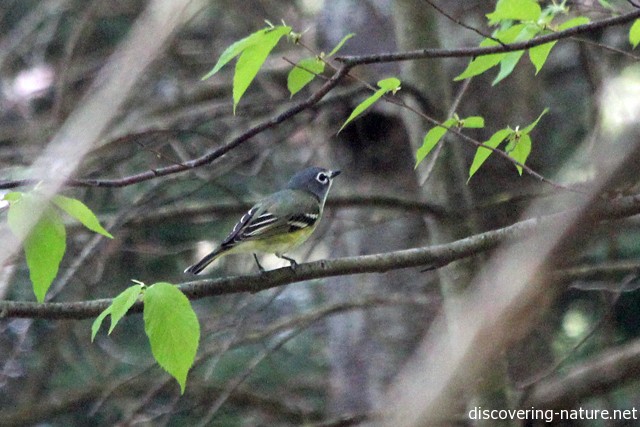
It was hawking insects like a phoebe, and singing.
We also saw this battered mourning cloak butterfly sunning itself.
